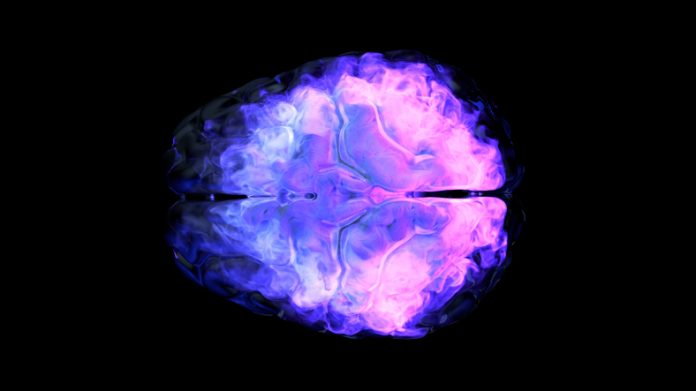A team of Australian scientists, led by Monash University and The University of Sydney, has developed a new method for the detection of neurodegenerative diseases, such as Alzheimer’s, by “lighting up” clusters of misfolded proteins in the brain.
In Alzheimer’s disease, protein clusters known as ‘amyloids’ accumulate to abnormally high levels in the brain. Distinct amyloids have been associated with the onset of various neurodegenerative diseases, including Alzheimer’s and Parkinson’s disease.
As such, the swift detection and recognition of different amyloids in the brain is crucial for early diagnosis of amyloid-related neurodegenerative diseases.
In this study, completed by a team led by Dr Amandeep Kaur, ARC DECRA Fellow at the Monash Institute of Pharmaceutical Sciences (MIPS) and Professor Elizabeth New and Professor Margaret Sunde from The University of Sydney, the team reports the development of an array of fluorescent sensors with the ability to correctly differentiate between different amyloids associated with neurodegenerative diseases and, therefore, monitor disease progression.
The team also tested the sensors’ performance on samples taken from the brains of mouse models of Alzheimer’s disease and observed that the fluorescence patterns differed between early (at age 6 months) and later (at age 12 months) stages of the disease.
Dr Kaur said although there are several methods for detection of amyloids, they are far from perfect and there is a lot of work to be done to develop methods for earlier and accurate diagnosis of Alzheimer’s disease and other types of dementia.
“Alzheimer’s is an irreversible neurodegenerative disorder; however, there are many advantages to early detection including enhanced medical attention, management of symptoms and, hopefully, future treatments that will be able to target the disease in its earliest stages, before irreversible brain damage or cognitive decline has occurred,” said Dr Kaur.
Dr Kaur, Professor New and Professor Sunde collaborated to develop a solution to this pressing need, bringing together their expertise in chemistry, fluorescent sensors and amyloid biology.
“Our team focused on developing a versatile fluorescent sensor array for amyloids to monitor Alzheimer’s and other disease progression and to distinguish these disease-associated amyloids from similar, naturally occurring amyloids that play functional roles,” said Dr Kaur.
“It is our hope this method, using an array of sensors that can light up amyloids, could be used as a tool for researchers to help distinguish between many different types of amyloids and could inform new strategies for early and decisive diagnosis of amyloid-related diseases.”






